Gait Analysis Workshops with Matt Phillips
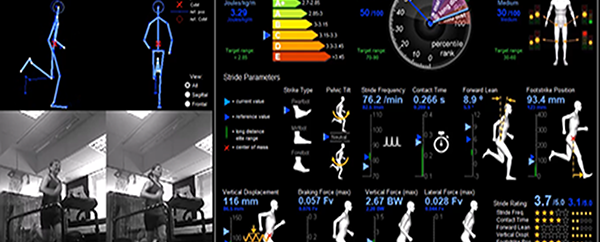
When I first started working in Gait Analysis back in 2010, using the facilities of StrideUK Gait Lab, things were very different. At the time, biomechanics was all the rage, and much of what we did was ‘screen’ runners for biomechanical ‘flaws’ which we believed were causing specific types of injury. But in the years that followed, we started to notice runners with ‘faulty movement patterns’ who were NOT in pain, and runners with ‘perfect movement patterns’ who WERE in pain…
Something was up, traditional screening protocol no longer made sense, but fortunately this coincided with newer research which revealed that the days of expecting humans to all move in a certain way to avoid pain were over.
Words like ‘overpronation’ no longer made sense, basing shoe recommedations on the degree of pronation or ‘arch drop’ seen during gait analysis was over (despite the explosion of running show shop ‘gait analysis’ that had started). Expecting all runners to run at the same cadence, to all lean forwards at the same angle, to all land on the same part of the foot… all of these ideas were now being challenged, and with good reason. So for what purpose did Gait Analysis now serve?
Modern Gait Analysis
At the same time as the aforementioned fall of the ‘structural’ based model of explaining pain, a new ‘bio-psycho-social’ approach was emerging, one that offered an insight into why some runners run a certain way and get injured whilst others run in that same way and are injury free.
Modern concepts from Pain Science helped us to turn Gait Analysis into something far more powerful than solely looking for ‘faulty movement patterns’ which, at the end of the day, may not have even been faulty patterns for the individual infront of us. Gait Analysis became an opportinity to treat the runner as opposed to the running injury, with far more emphasis put on other potential reasons that a runner was struggling with pain or poor performance.
NEW COURSE DATES for 2024! ‘Gait Analysis For Runners: A Modern Approach’ CLICK for full details!
We still used fantastic software including depth sensing cameras to record movements that the naked eye could either miss or simply not be able to see, but our interpretation of the data became far less absolute. Our eyes were now open to far more than just angles and forces, and the time spent listening to the runner infront of us became far more valuable in working out how to help them get back on track.
More than just Biomechanics
When analysing a runner’s gait, it is vital to have the following factors in mind:
1. Despite what we may read and hear, there is still very little evidence that links specific movement patterns to running related injury. The evidence we do have highlights the importance of looking at training habits, sudden spikes in frequency/intensity/time, sudden changes to footwear, running surface or way of running, lack of recovery, and more. This is why the spoken consultation is such an important part of gait analysis. The answers to reducing injury risk and increasing running performance often lie more in these factors rather than how you are running.
2. There is no one optimum way of running; we see too much variance in successful running forms to say ‘this is how you need to run.’ There are similarities between the most successful running forms but one look at an elite pack shows that they do not all run in the same way. This is super important when receiving a gait analysis. Too many professionals try changing the way you run simply because that style works for someone else. There is no sense in this.
3. Using technology that compares how one runner moves to stored ‘norms’ is a very grey area. The variance mentioned above means that there is no guarantee that the runner on your treadmill will benefit by moving in the same way as the majority of runners in a database.
For every injured runner we see exhibiting a certain running movement, there will be another later in the week exhibiting the same movement but not suffering from the same injury. It’s like the patient who comes in with neck pain and has one shoulder higher than the other – how can we blame the neck pain on the difference in shoulder height when we see hundreds of other patients with differences in shoulder height but no neck pain?
Asymmetry is more common in human anatomy than symmetry. Any therapist, trainer or coach who blames a runner’s pain on uneven shoulders, hiked hips, anterior pelvic tilts or leg length discrepancies needs to take a long, hard look at the huge amount of asymmetrical runners out there who are not in pain, not to mention the hundreds of ‘perfectly symmetrical’ runners who are in pain. Chasing symmetry as part of gait analysis can be a slippery slope of red herrings.
“Asymmetry is more common in human anatomy than symmetry. Consider the large amount of asymmetrical runners out there who are NOT in pain…”
Keeping an eye on other factors
How you run will obviously play a large part in the way your body deals with the relative forces & loads. This is why we can often get great results in using gait Analysis to help you recover from injury. By modifying the way you run, even just for a short time, the body can get used to running without threat, without pain, and this can play a huge part in reaching full recovery.
However, as far as explaining how you got injured in the first pace, or how to reduce risk of future injury, it is vital that we remember to also keep an eye on other factors that may be increasing risk of injury or inhibiting performance.
The good news is, studies have provided us with some very useful data in other areas. In the diagram below, the bottom part of the pyramid represents factors & interventions that are most supported by evidence; the top of the pyramid represents the least evidence. Let’s take a look at them one by one.
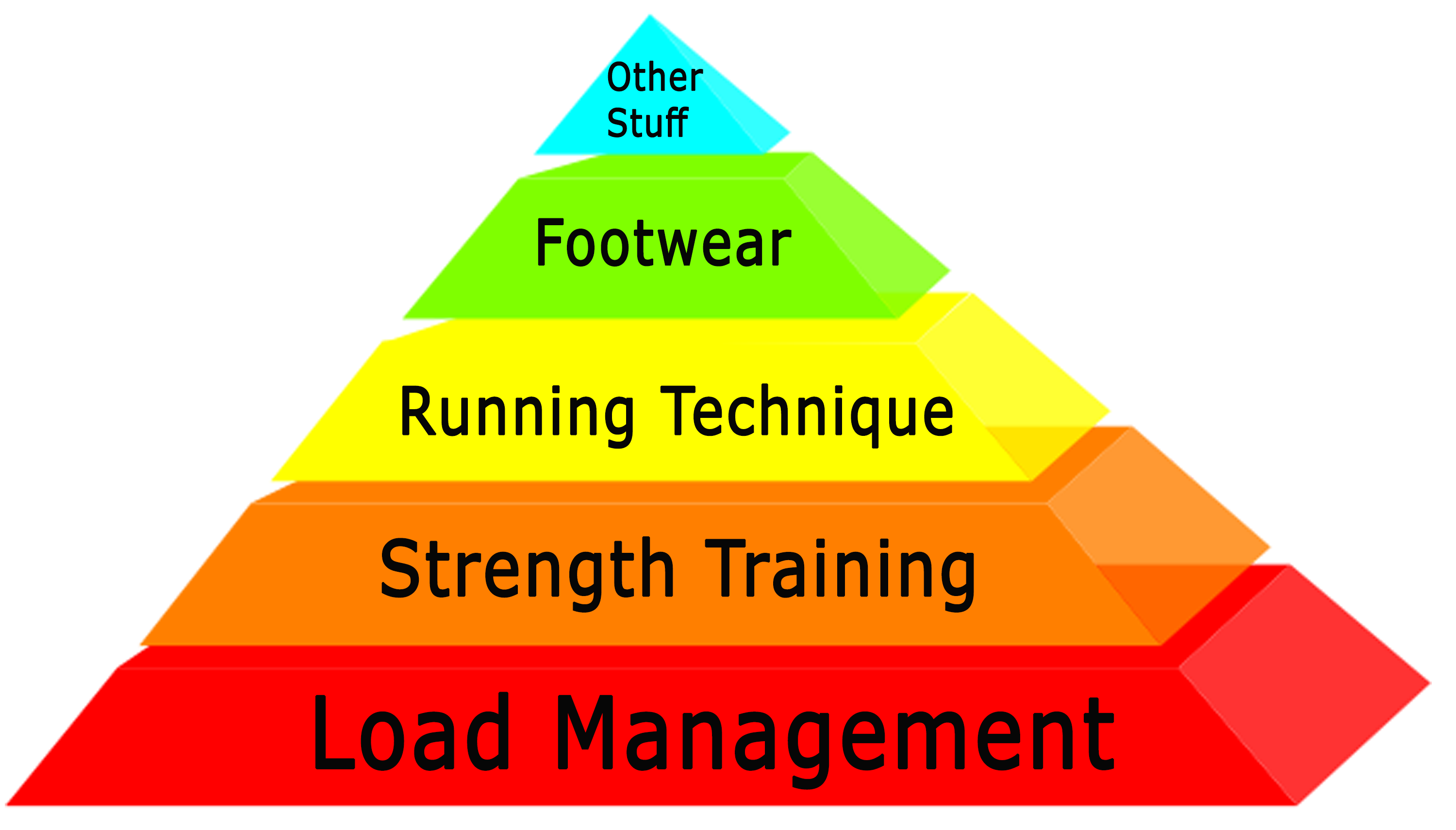
• Load Management
Training load proudly fills the largest portion of the evidence pyramid, and rightfully so. Studies suggest that the key factor in 60-70% of running related injuries is inappropriate training volume (Hreljac et al. 2004: Impact & Overuse Injuries in Runners).
A sudden increase in either running frequency (runs per week or day), intensity (speed, incline, etc.) or distance (time on feet) can lead to tissue overload and pain/injury. For this reason, gait analysis must include a thorough look at the training habits of the runner. It should also be remembered that mental stress is also a load that can tip the scales and lead to overtraining.
• Strength Training
If inappropriate training load is a key factor in running related injury, it makes sense that getting stronger so you can handle more load will be a good way of reducing risk of injury. Though there is no research to suggest that strength training reduces running injury, the evidence for increasing running performance is very strong.
• Running Technique
As we have already stated, how someone runs will obviously affect what parts of the body are put under stress. If we define pain/injury as sign that the load threshold has been exceeded, modifying that runner’s form so as to move the load away from a particular muscle/s and onto others can provide a valuable way to break the pain cycle and allow recovery whilst still running.
The implications of this are actually quite huge when we look at modern pain science, which highlights that pain is not just a product of tissue damage. Pain is regarded as an output from the brain & nervous system in response to a variety of sensory feedback. Tissue damage is just one form of sensory feedback and does even need to be present for pain to be experienced (people with an amputated limb often feel pain in the absent limb).
Helping someone experience pain free running can help the nervous system recover. Any gait analysis that ignores what we refer to as the ‘biopsychosocial’ nature of pain is very likely to miss out on a larger part of the picture.
• Footwear
Basing shoe selection on how much you ‘pronate’ (a perfectly natural and vital part of foot mechanics) is not actually backed by any science. Though some runners wearing an ‘anti-pronation’ shoe may see pain disappear, others do not, and some see symptoms get worse.
Research has clearly shown that categorising runners into three groups based on their foot arches (high/normal/low) once again ignores natural human variance. Different shoes (and insoles) will load tissues differently, it’s just a question of working out what works for your body. Modifying footwear can be a useful way of resting sensitised tissues and allowing recovery but as far as choosing which shoe is best for you, gait analysis will rarely provide the answers.
• Other Stuff
The smallest part of the pyramid at the top is sadly a place where many runners (and therapists) spend too much time. Anything we haven’t mentioned yet sits here: stretching, foam rolling, kinesiology tape, acupuncture, etc. I am not saying these are all a waste of time but as far as running related injury goes they are the least supported by evidence.
There will always be runners who swear by them of course but anecdotal evidence doesn’t really count for much. Devoting too much time at the top of the pyramid runs the risk of missing out on the evidence based bottom, staying injured and delaying recovery. You’ve been warned.
Conclusion
The effectiveness of using Gait Analysis rests heavily on realising that running technique is just one piece to the jigsaw. There is no doubt it plays a part but focussing solely on the biomechanics runs the risk of eclipsing a whole host of other factors that may be responsible for injury or inhibited performance.
If you are considering video gait analysis (which we thoroughly recommend you do) make sure it includes a thorough assessment of all the levels of the pyramid, in particular training load and strength.
Matt Phillips has given workshops for Gait Analysis both in the UK and abroad (Nairobi, Kenya). If you are interested in receiving dates of up & coming workshops, please let us know via the contact form.
Related Posts
Stop Trying To Get Fixed
For runners struggling with pain or injury, it can often be confusing as to what type of health professional to visit. In a previous article we...
Guide To Plyometric Exercise
'Plyometric' is a term used to describe explosive, jumping type exercises e.g. squat jumps, skaters, clapping press ups, etc. Research suggests that...
Half Marathon Preparation
For many runners, finding the time to train for a half marathon can often be more realistic than that needed for a full marathon. Also, there's less...

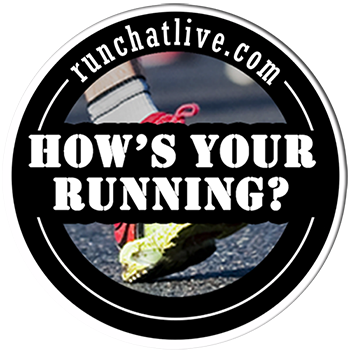
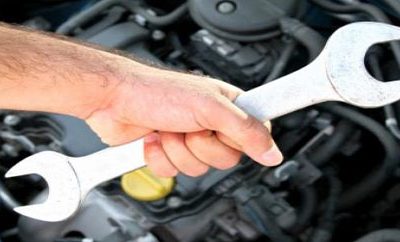
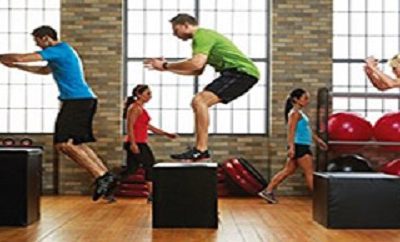
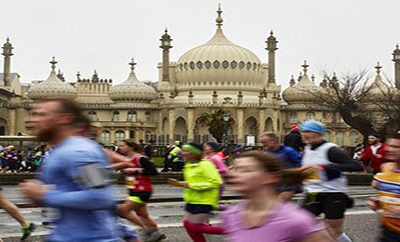
0 Comments